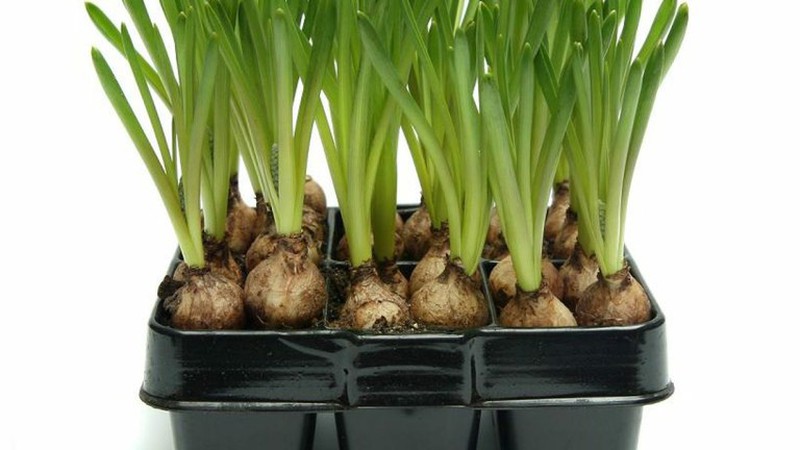Growing bulbs
The bulbs are shoots, types of plants, belonging to the group of bulbous plants. They develop thanks to their underground stem and a membrane that protects their internal organs from adversity. These organs contain the moisture and nutrients necessary to survive dormant during times of drought or the absence of light. When the climatic conditions are favorable, they begin their flowering cycle, which is usually in spring. Bulbs are one of the most widely used species due to their diversity and ability to resist inclement weather. To make them flourish it is convenient to know something about their types, characteristics and cultivation method. PoolFunStore Tips offers you some recommendations in this regard.

Types of bulbs
The bulbs are classified according to their taxonomy or according to the time in which they are developed. Those of autumn, like tulips or daffodils, are planted in these months and bloom in spring. The soil has the perfect degree of humidity for the sprout to start growing before hibernating at low temperatures. Autumn bulbs withstand extreme cold and can be treated both indoors and outdoors. Hyacinths or lilies also belong to this variety, whose large flowers make gardens so attractive.
Spring bulbs, like gladioli, do not allow extreme temperatures, so it is necessary to plant them at this time to see them bloom in summer or fall. When winter comes we can dig them up and store them in a cool place, away from the sun, and replant them when the weather conditions are the most appropriate. To this variety also belong the dahlias, very sensitive to cold, and the begonias, flowers of great size and diversity of colors, ideal for planters.
How to grow bulbs
To grow bulbs it is necessary to take into account certain aspects such as the type of soil, the frequency of irrigation or the light. The bulbs develop best in porous, well-drained soils, since they facilitate the filtration of water in the soil. In the case of clay soils, more compact, it is necessary to add peat or compost, a concentration of materials or organic waste. Light also plays an important role, both autumn and spring bulbs need many hours of sunlight, but they are plants that adapt easily to the environment, so they can also flourish in semi-shady areas.
Once we have prepared or chosen the soil, we must plant the bulbs at a depth two or three times greater than their size and at a sufficient distance from each other so that they grow with space around them. This aspect is very important, since if we plant them too deep or shallow on the surface, it is very likely that they will not complete their flowering cycle. Water is also essential for its cultivation, it should be used in moderation, in such a way that the soil always remains moist and not puddled. An excess of water could rot the plant.
Fertilization
PoolFunStore Tips recommends that you use minerals such as phosphorus, one of the essential nutrients, along with nitrogen and potassium, so that plants grow vigorously. The phosphorous must be mixed with the earth and in contact with the roots so that they can absorb it directly. Nitrogen fertilizers, administered in moderation, are also beneficial, as they promote their development and leaf formation. Potassium, on the other hand, contributes to the strengthening of the stem, enlivening the color of the flowers and improving the health of the plant.
Fertilizers are usually used three times a year, in spring and summer as a last resort, and avoided during the flowering season. This circumstance could provoke the growth of the root, shortening the life time of the flower. The cultivation of bulbs does not entail too many complications. If we attend to their development period and take care of their basic subsistence conditions, we will make them flourish healthy and vigorous.





Our customers trust us
Opinions of our clients
Receive our news